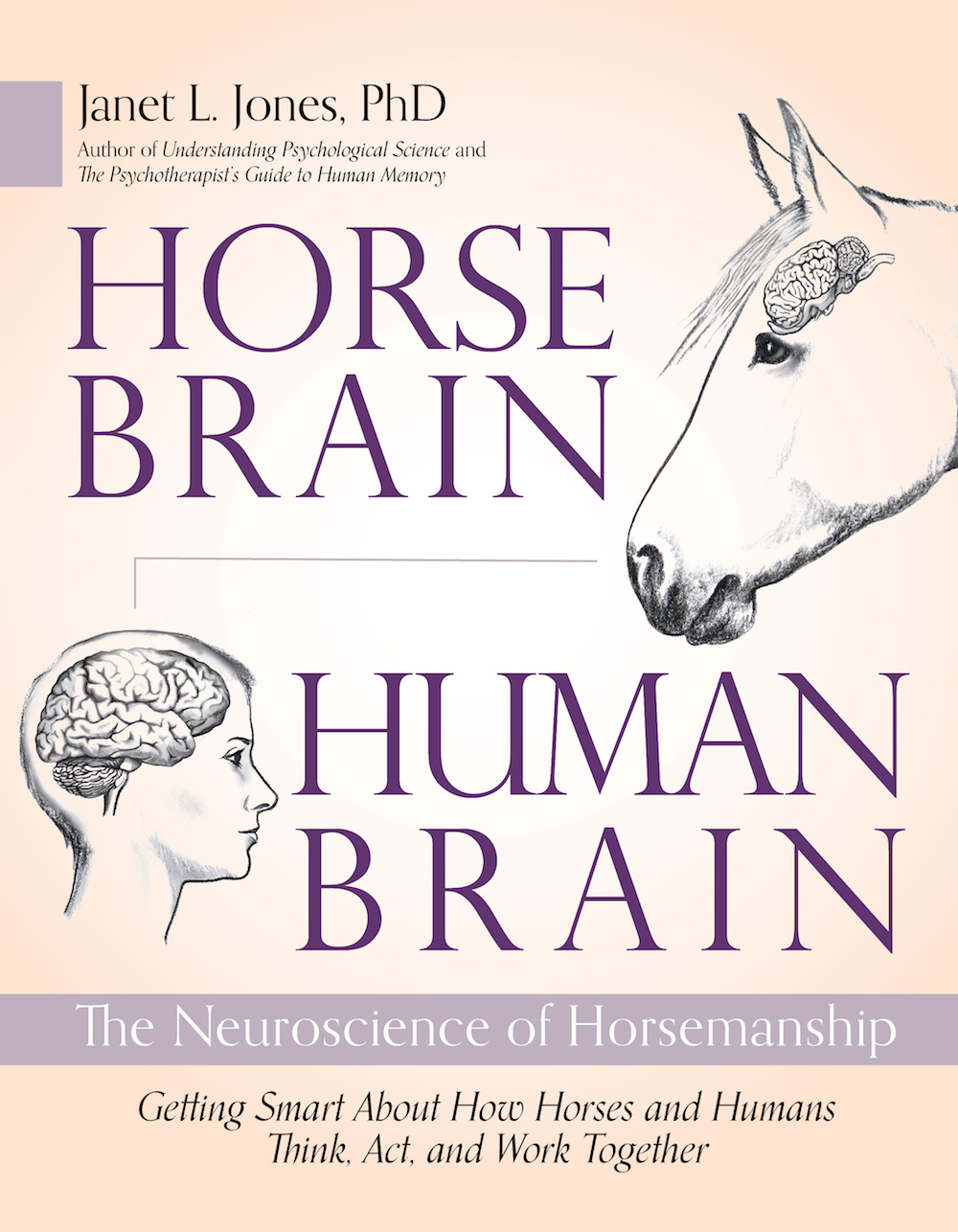As long as it’s a calm day at the barn, my three-year-old Dutch Warmblood True naps through most of his grooming, eyes half shut while I brush. But lifting the feet is a common problem in young horses.
Actually, in many horses.
Imagine: We are asking a prey animal to let us hold on to his foot and lift it off the ground so that he cannot move—while at any moment the mountain lion could be approaching. There’s 35 million years of natural brain resistance built into that request!
At the start of his training, True reluctantly allows me to hoist a front leg while locking his knee perfectly straight. I figure at 1250 pounds total and 70% of the horse on his front legs, this gives me the pleasure of bending underneath a potential Drama King and performing 438-pound bicep curls. Gee, what fun.
The hind feet are even more sketchy. He attempts to glue them to the floor, and when that doesn’t work, he lifts all four feet, dances a sideways jig, and plasters his whole leg to the side of the barn. Obviously, I need to break down the task and create a plan.
Most horses need yielding lessons before lifting lessons to overcome foot problems. With True, I begin by touching his shoulder to encourage him to shift his weight to the other front leg. At first, I have to “touch” pretty hard; it’s actually more of a lean. The moment he shifts, I reward with strokes and praise.
For about a week, we work on yielding to my touch at each leg, always moving in a consistent pattern from one leg to the next. We go slowly so that the horse can succeed often, build trust and relaxation, and learn one step at a time. I’m not even lifting his feet yet.
After True knows the cue to yield and shift his weight, I pair it with running my hand down each leg and squeezing between the tendons just above the fetlock—the typical cue to lift a foot. With his weight shifted, it is much easier for him and me to lift the desired foot. More praise and stroking. At that point, I begin to hold each foot up for increasing lengths of time, starting at only one or two seconds and working up to 60 seconds or so.
Altogether, it took about a month of daily footwork—lifting all four feet once a day—before True became fairly reliable in lifting each foot in turn. After three months, he had it down pat in the quiet setting. Now, we’re transferring the knowledge to busy settings…and he’s getting better every day.
Teaching your horse to lift his feet has many benefits: for one thing, your farrier will like you!
But also, you are teaching the horse to obey your cues and trust that you will not hurt him. He is learning that humans use displacement just as horses do, causing them to shift their bodies as needed. This lesson alone is useful when you begin asking the mounted horse to move laterally away from your leg pressure.
You are teaching yourself the power of rewarding baby steps that lead to a more complicated maneuver, which is the basis of animal training. And finally, when your horse’s foot is injured, he will lift it for veterinary care instead of struggling to get away and possibly harming himself even more.
Give it a try…yielding lessons, then lifting lessons. Good luck!
Related reading:
Brain-Based Horsemanship is a weekly column that chronicles Janet Jones, PhD, and her journey with True, a Dutch Warmblood she trained from age three using neuroscience best practices. Read more about brain-based training in Jones’ award winning book Horse Brain, Human Brain.



 March 22, 2023
March 22, 2023 

























